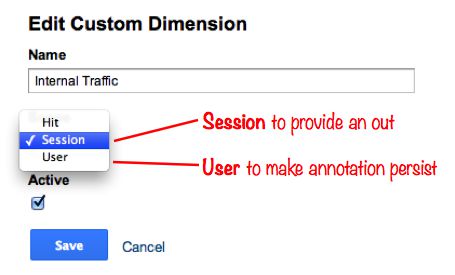There is a new, updated version of this article for the new version of Google Tag Manager. I strongly suggest you read that as well!
I really enjoy the ad hoc Q&A sessions my blog posts have inspired. I haven’t said this enough, but I am really, REALLY grateful to people who take their time to comment on my posts, even if it’s just say a quick “Hi!”. The main reason I enjoy getting blog comments is because they often turn into blog posts.







